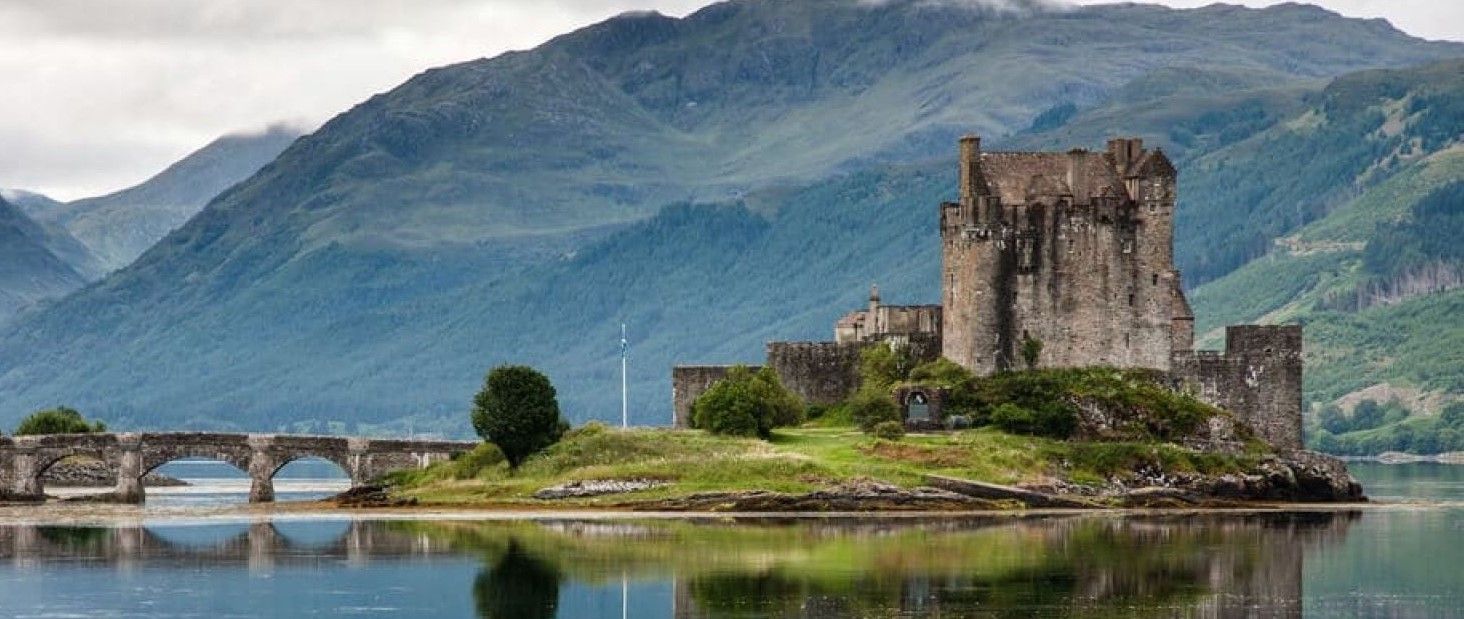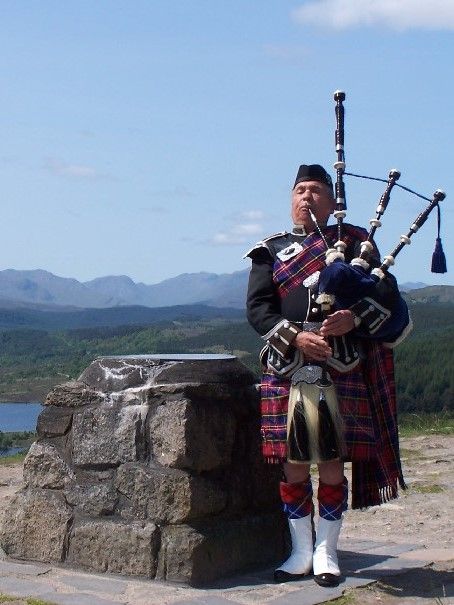BLOG 5: एडिन्बर्ग् तथा फाल्कर्क्-नगरस्य यात्रा
प्रकाशित: 17.05.2023
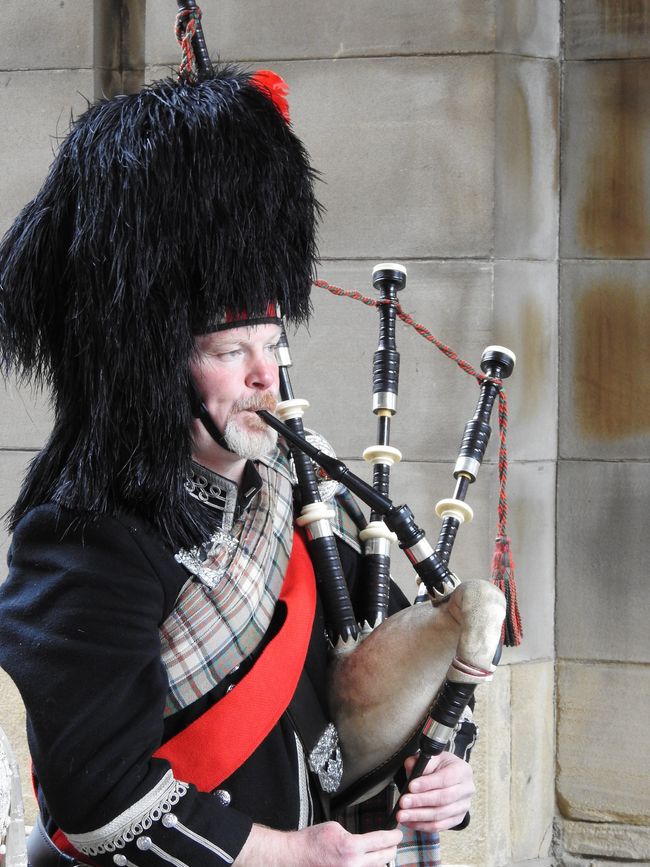
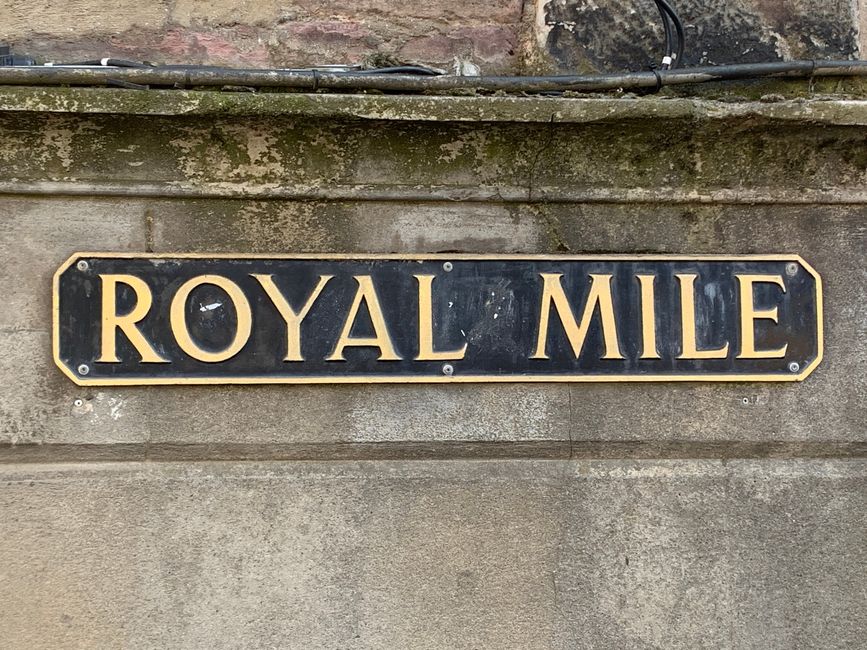
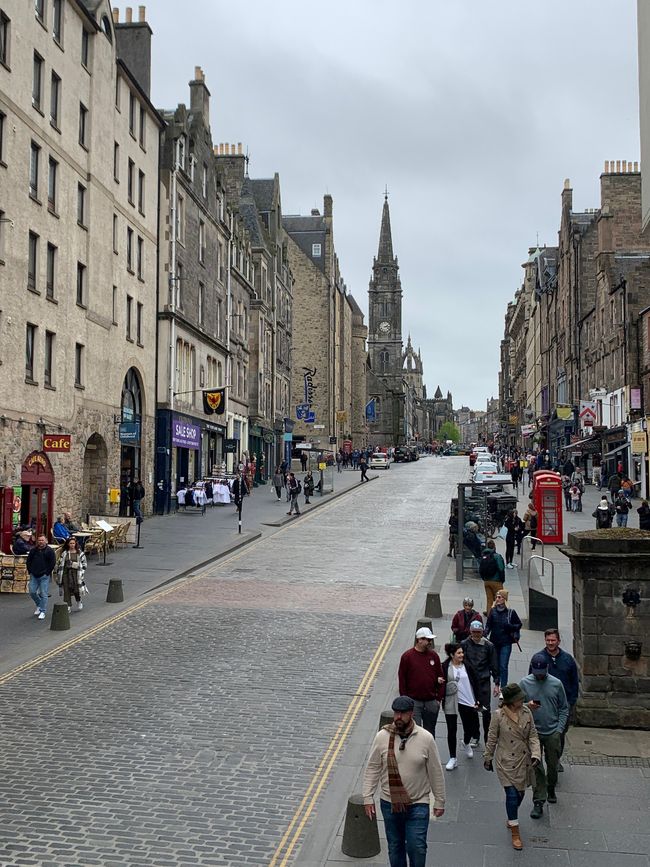
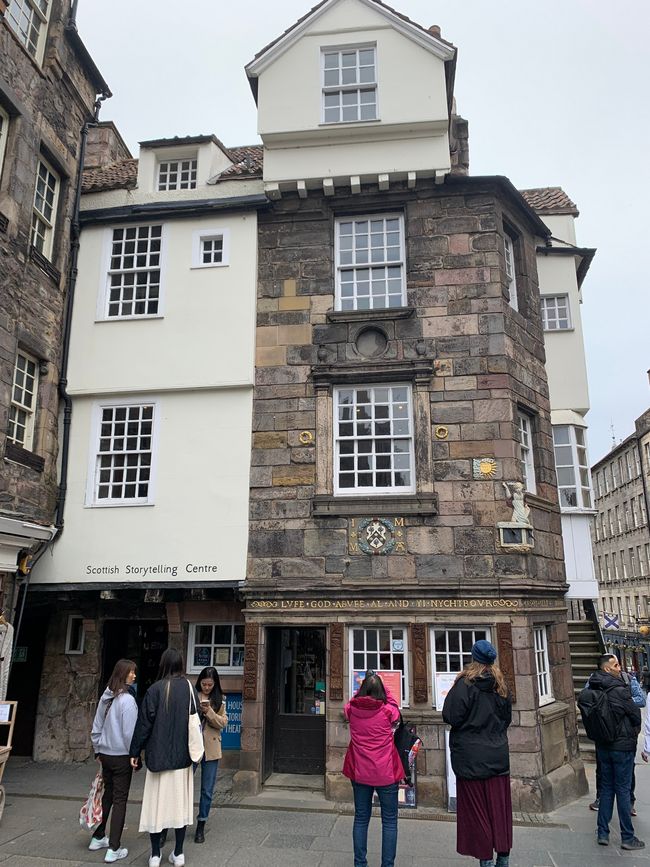
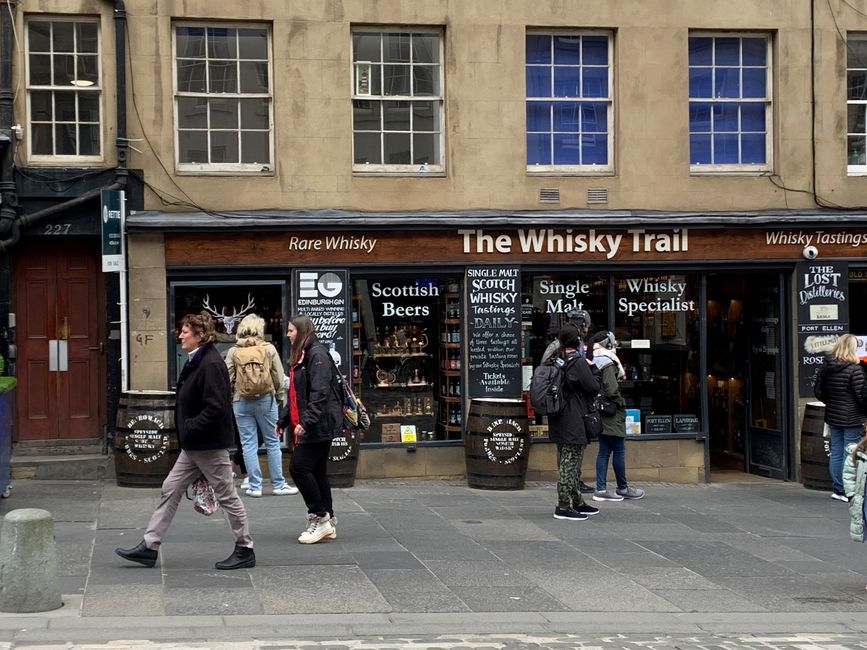
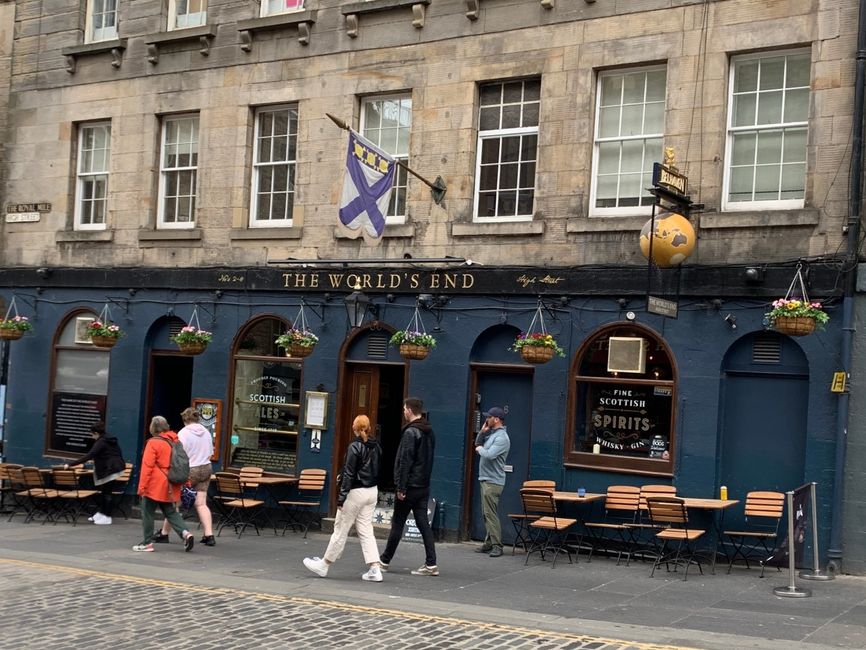
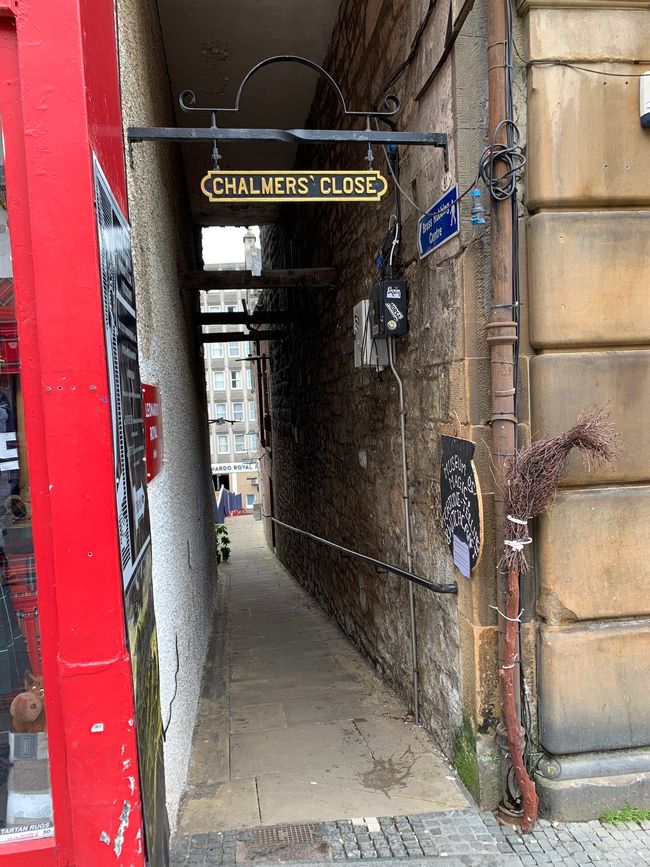
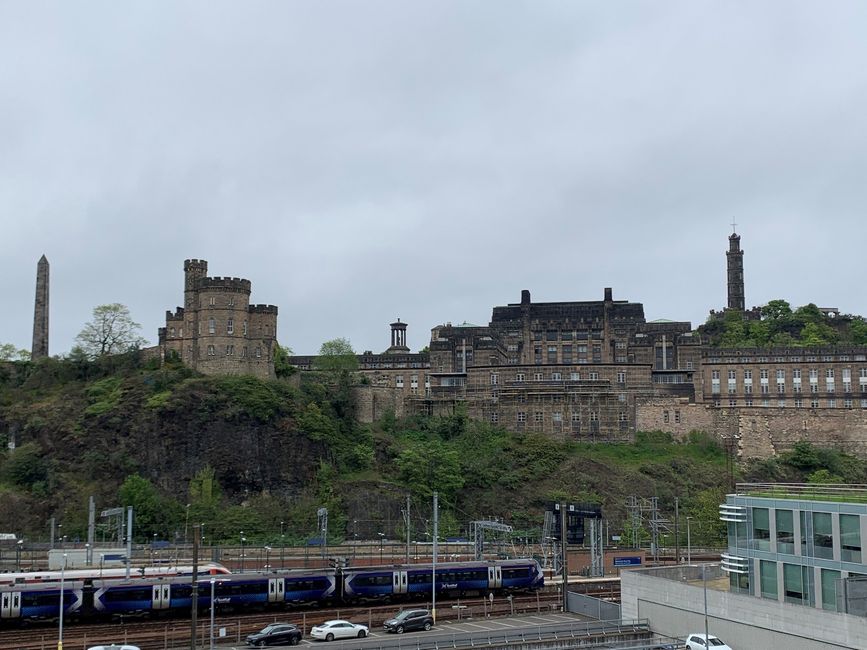
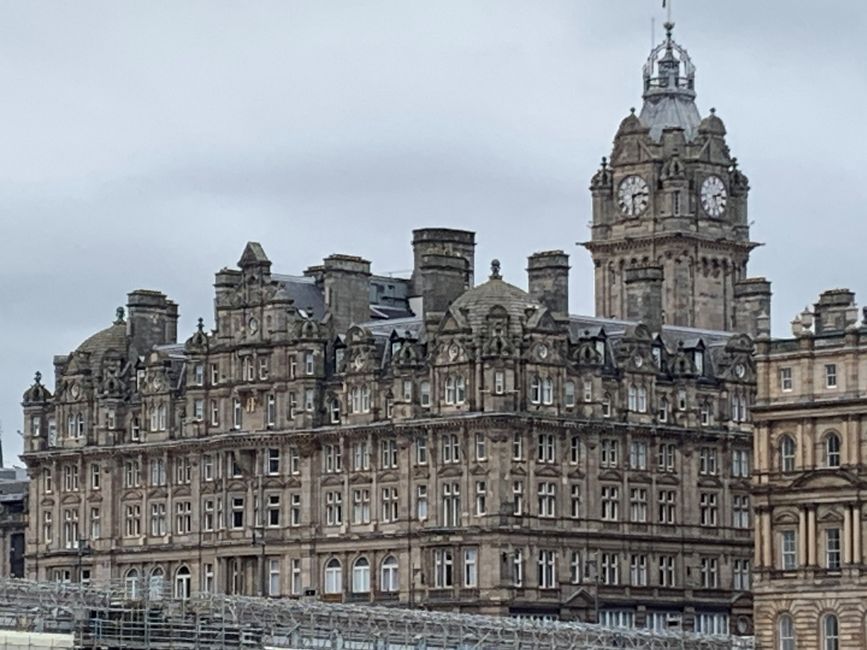
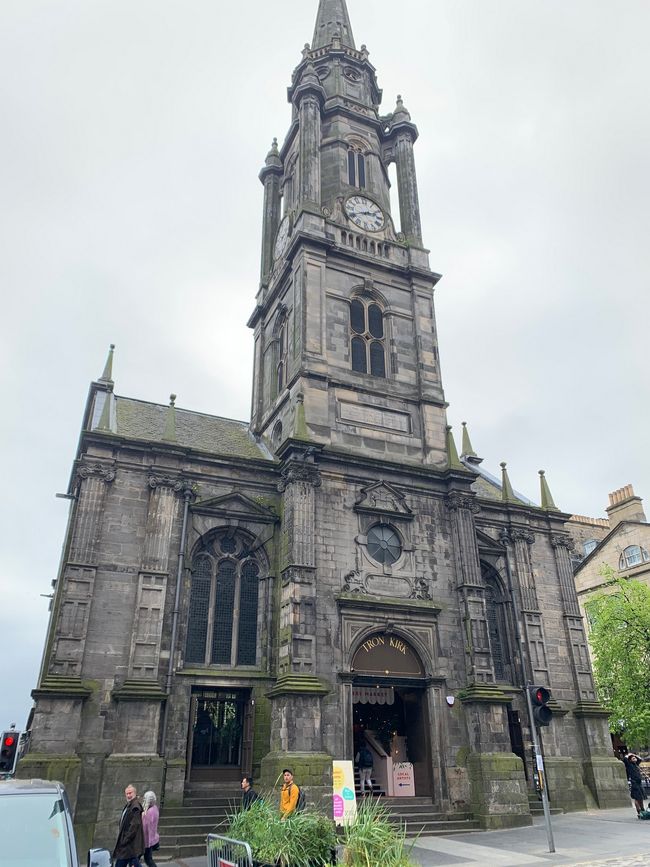
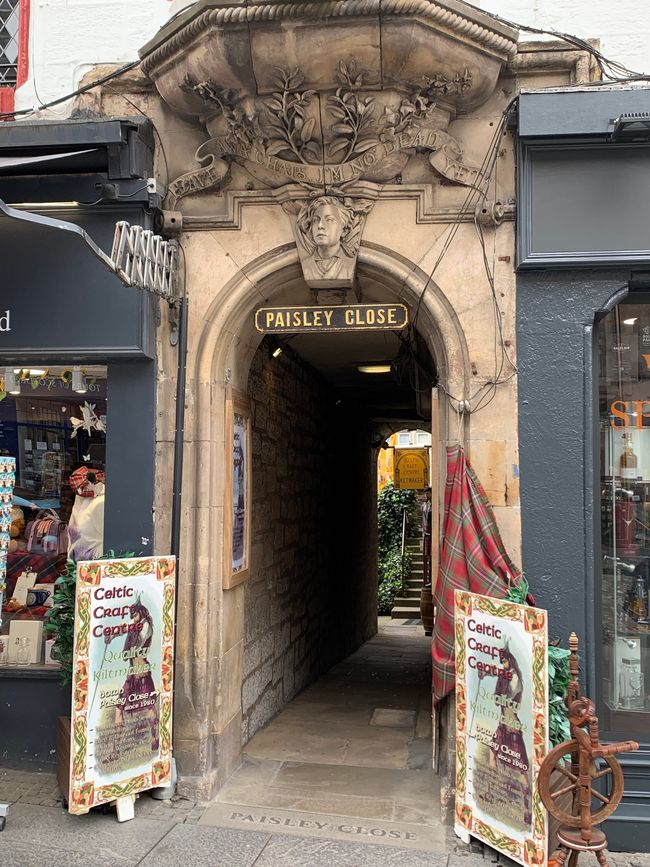
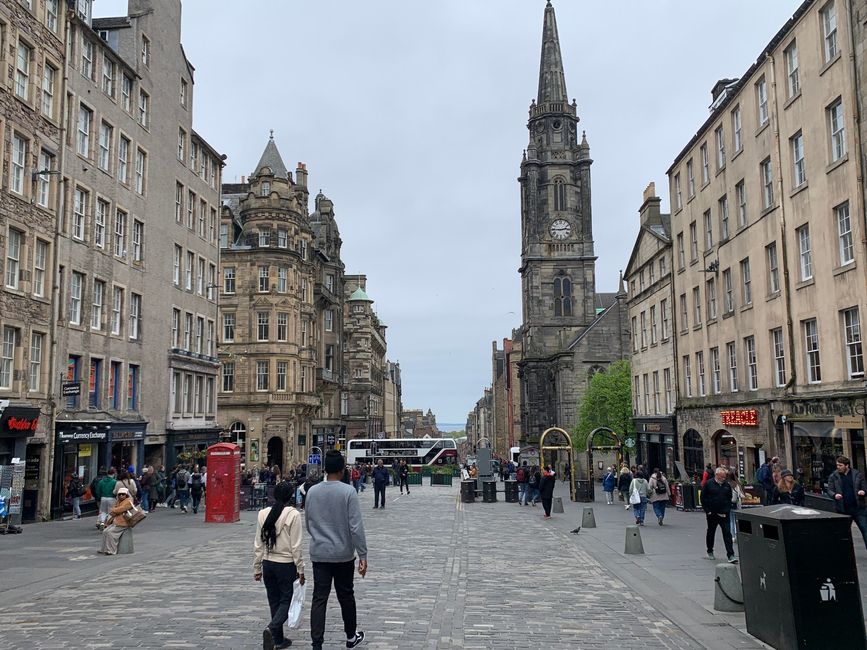
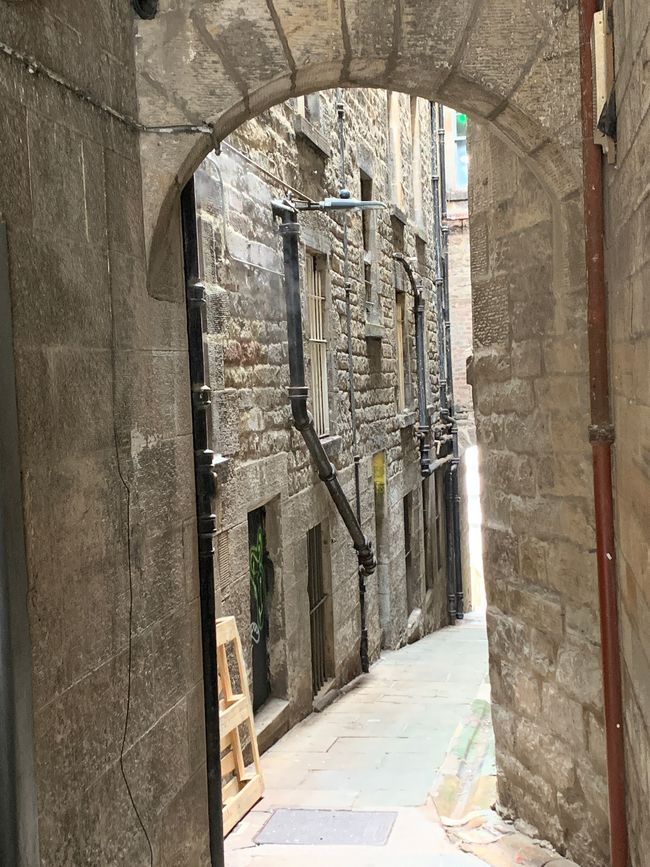
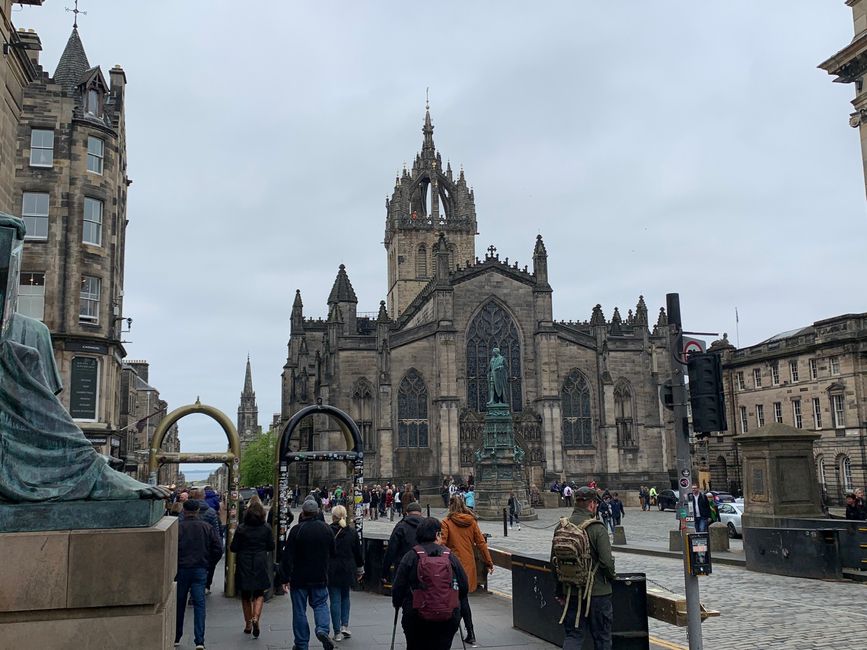
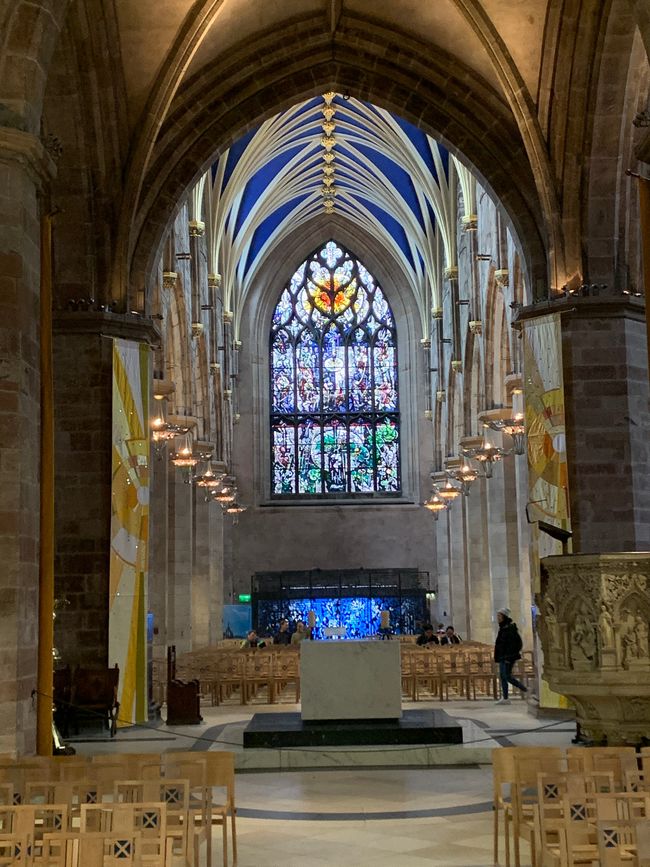
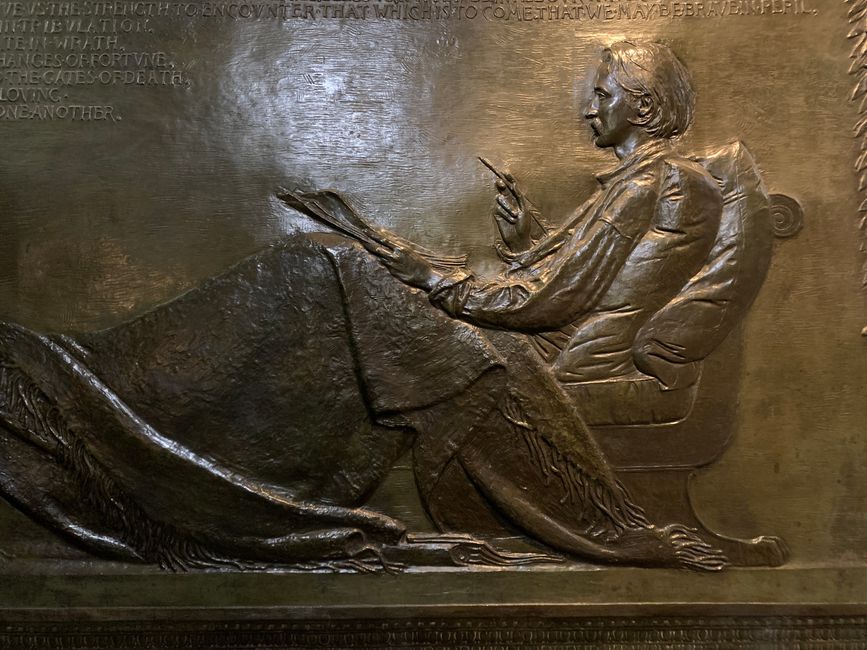
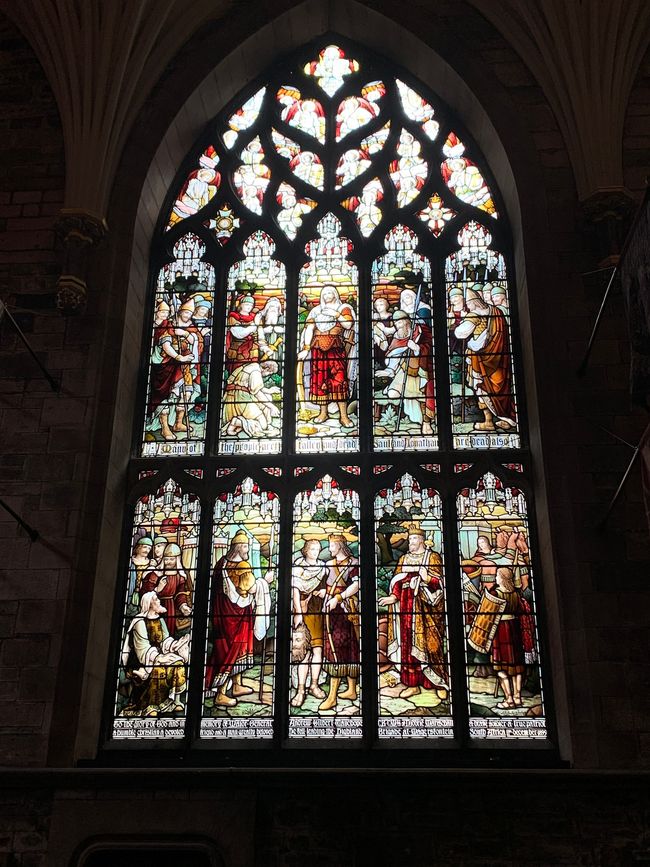
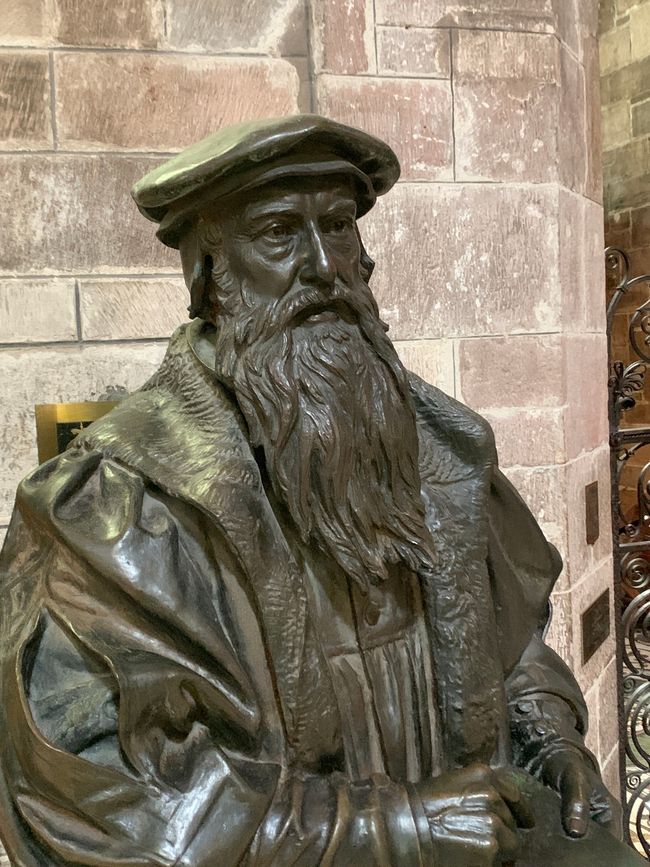
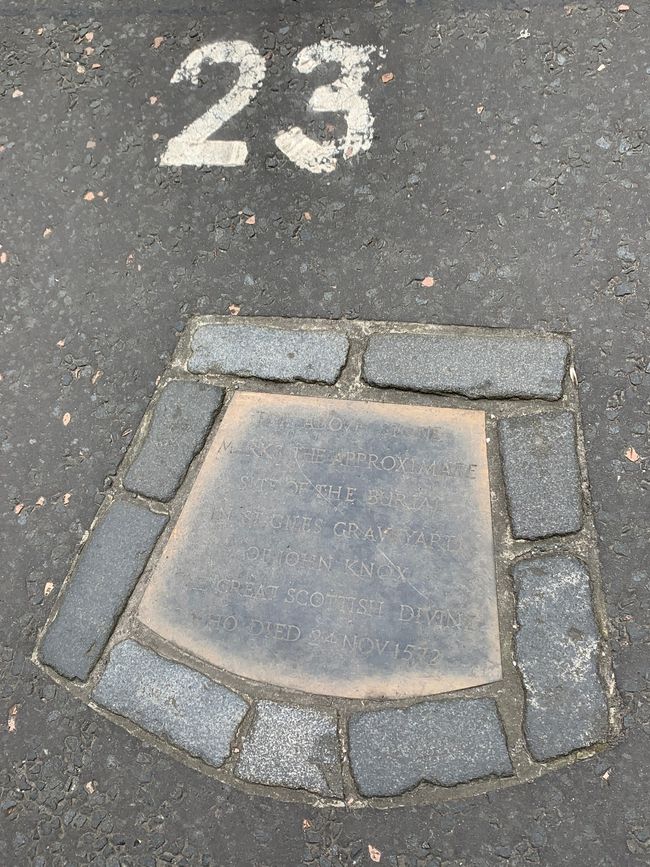
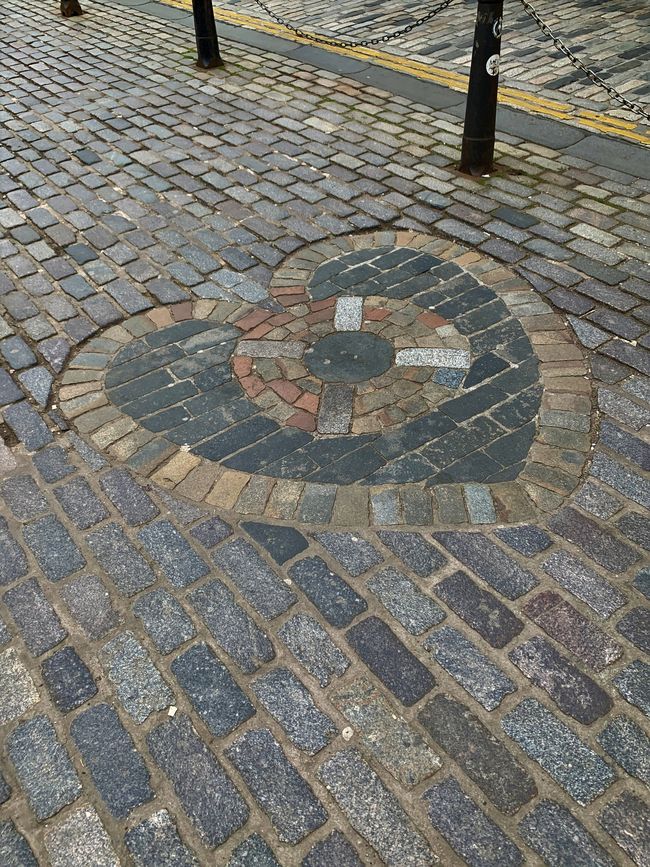
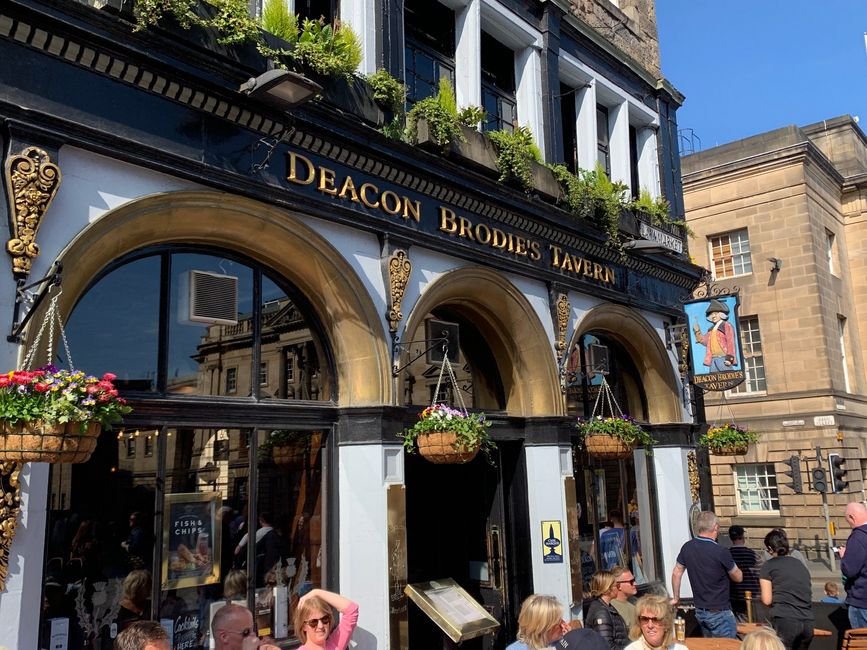
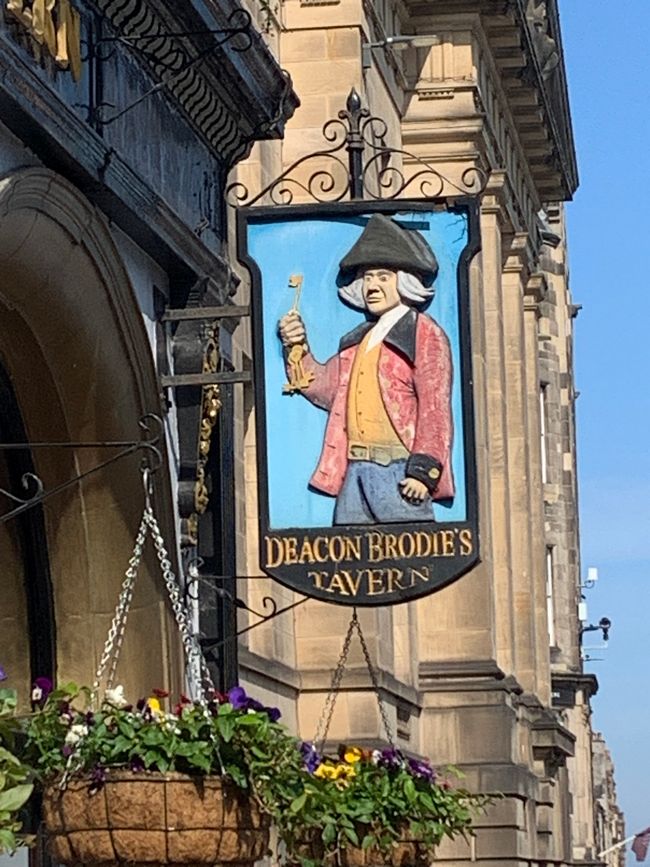
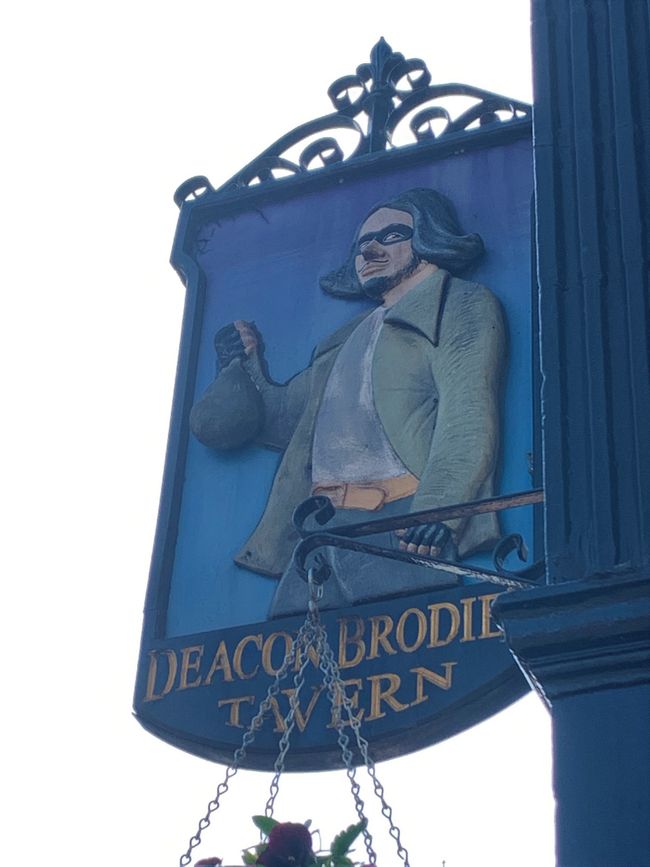
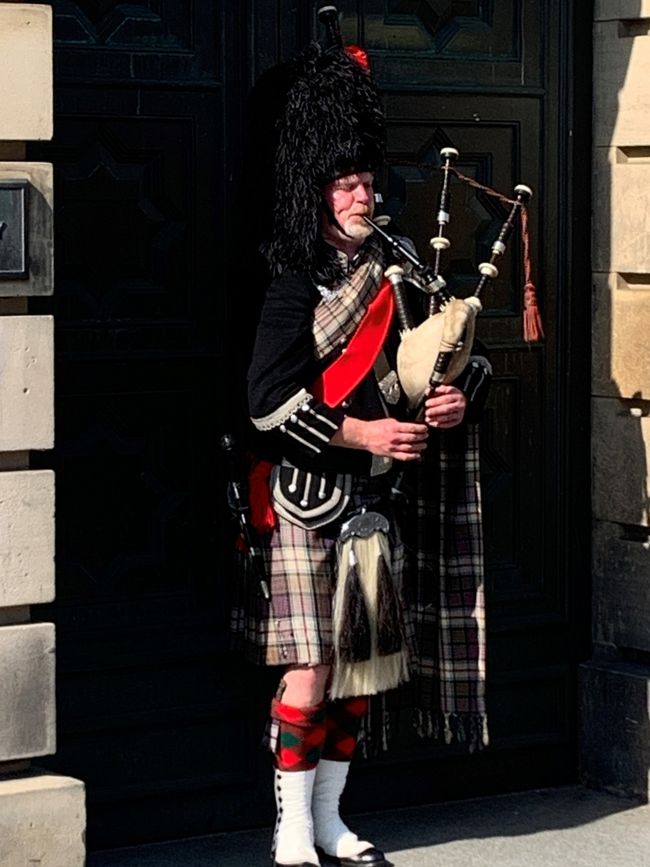
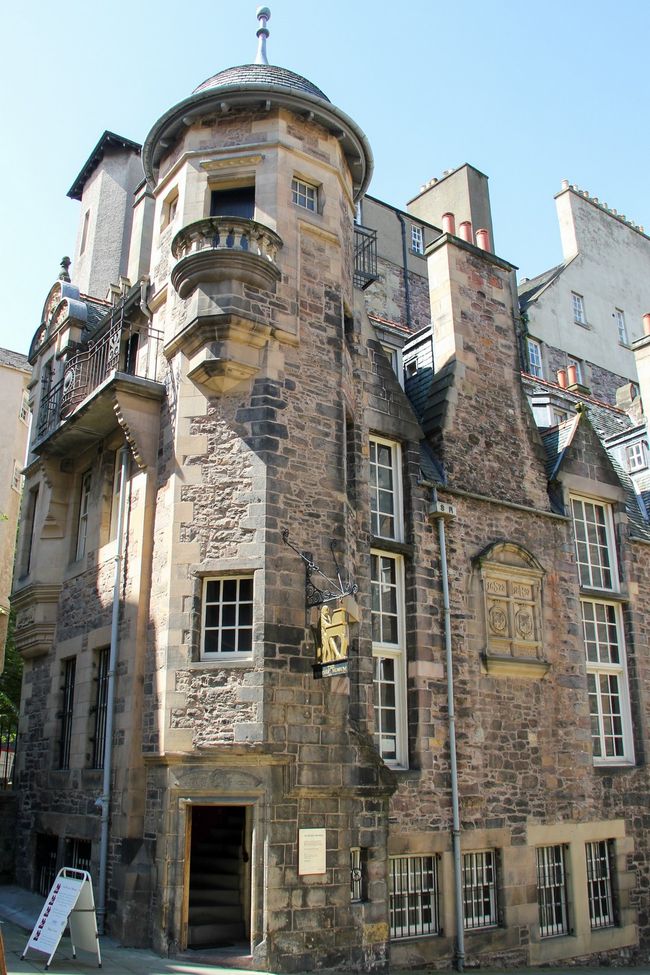
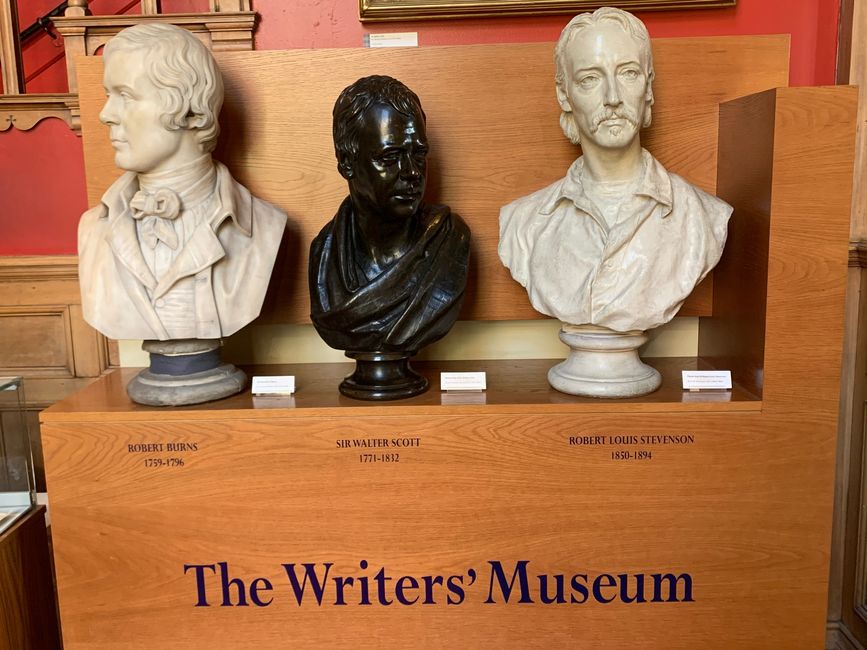
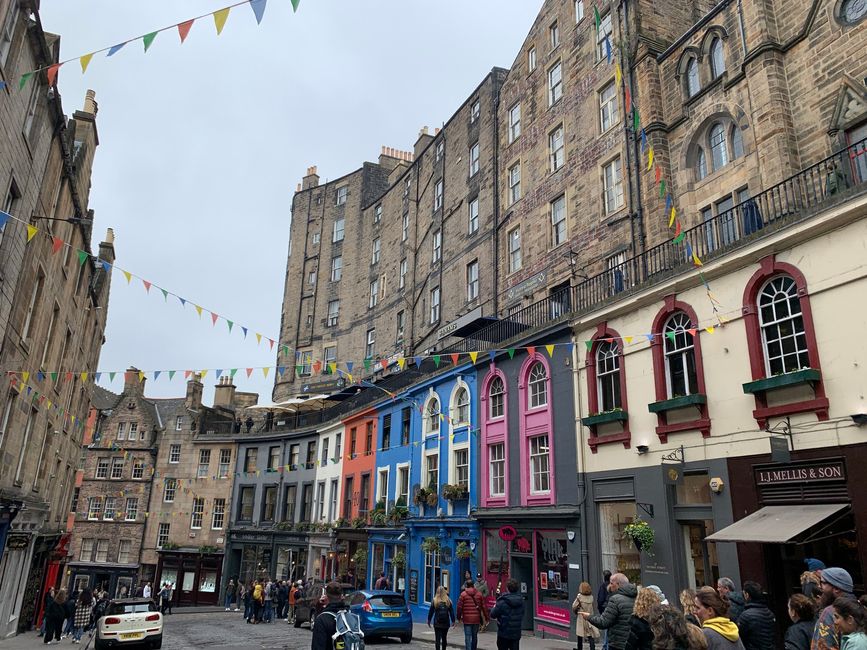

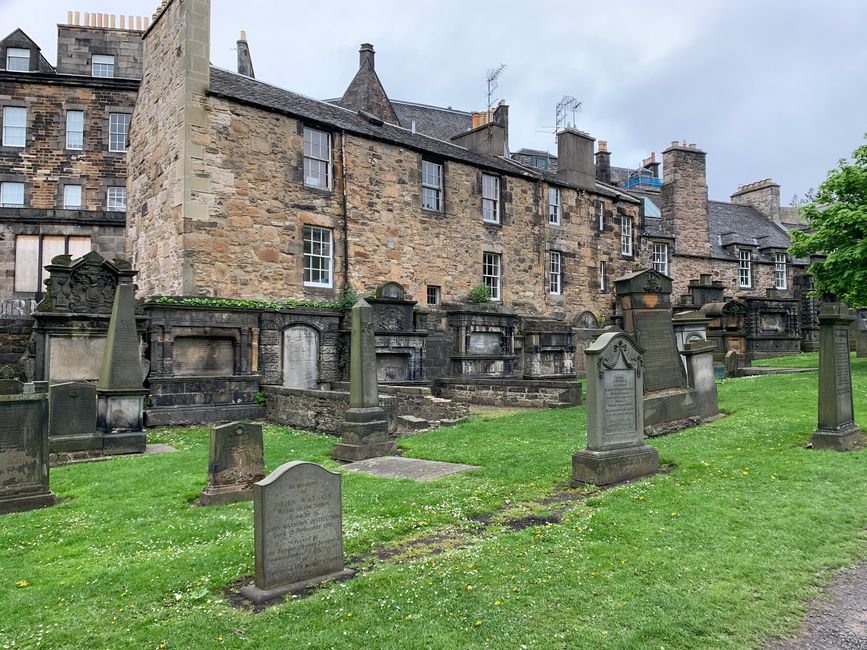
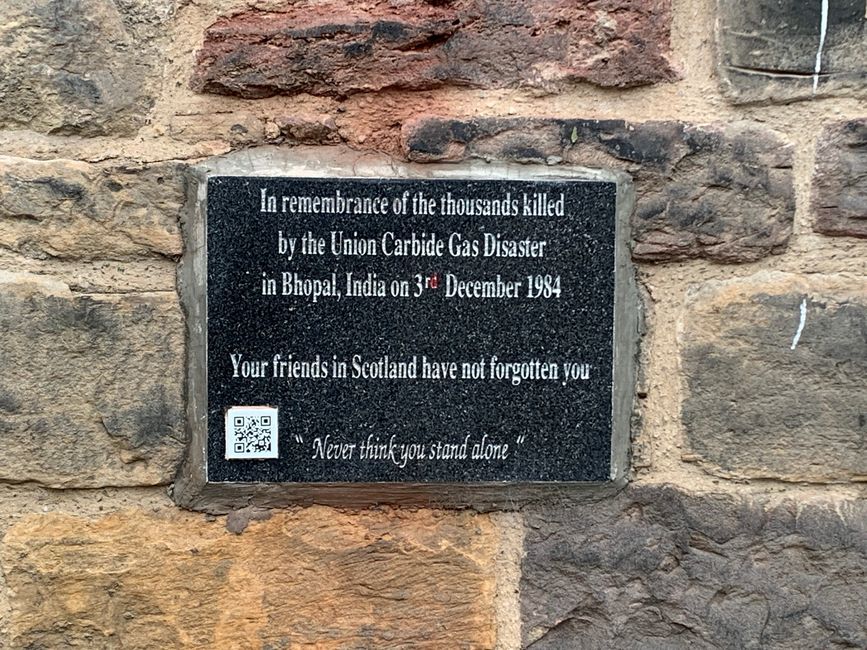
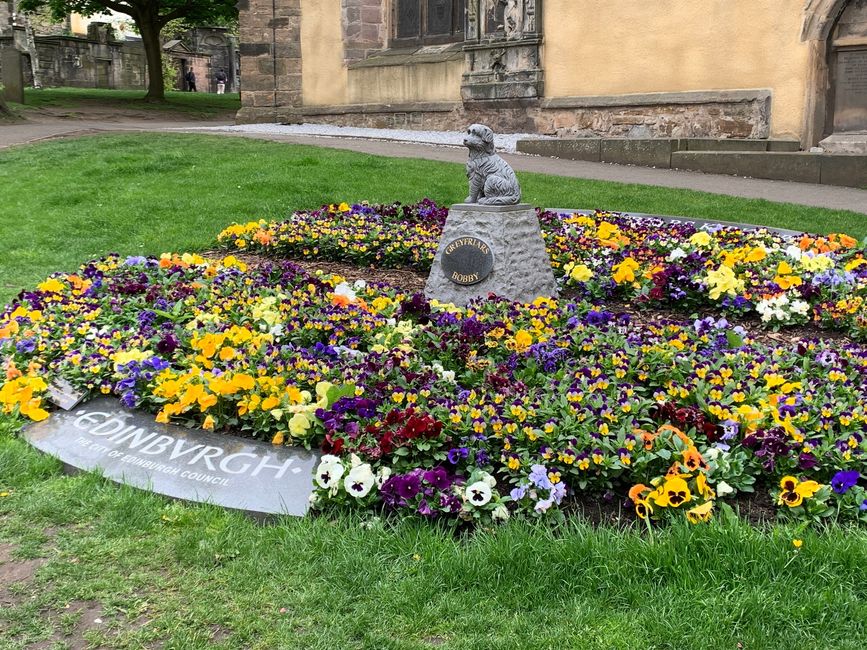
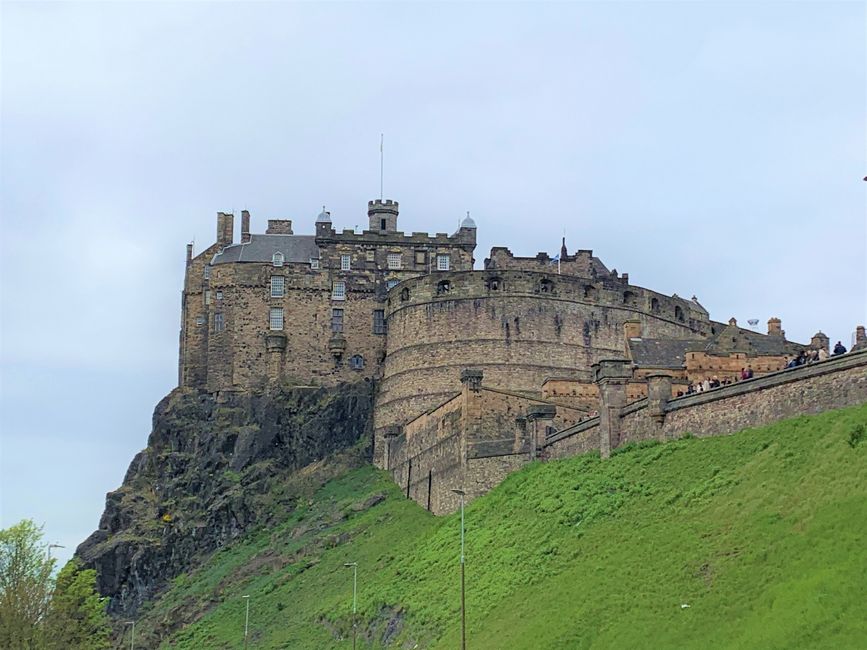
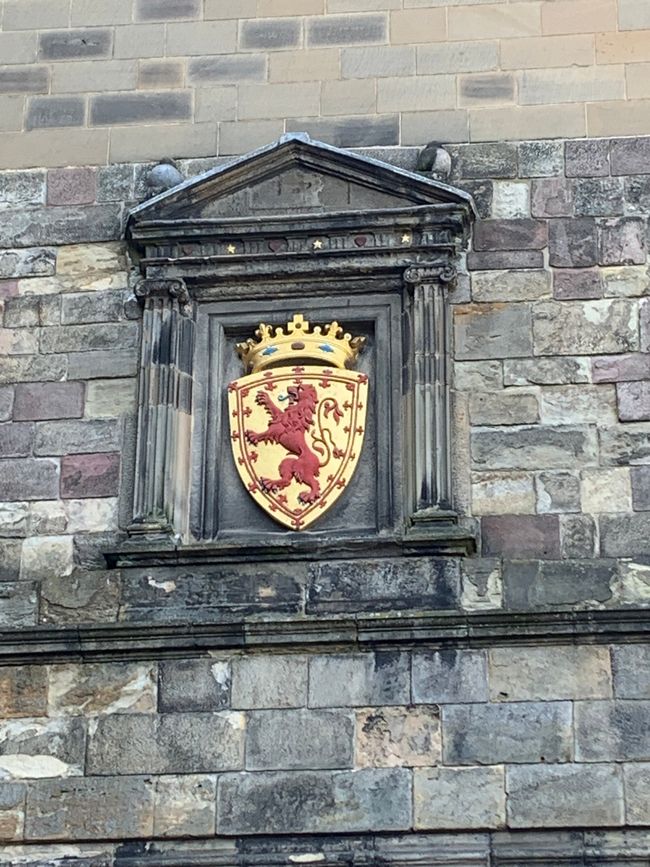
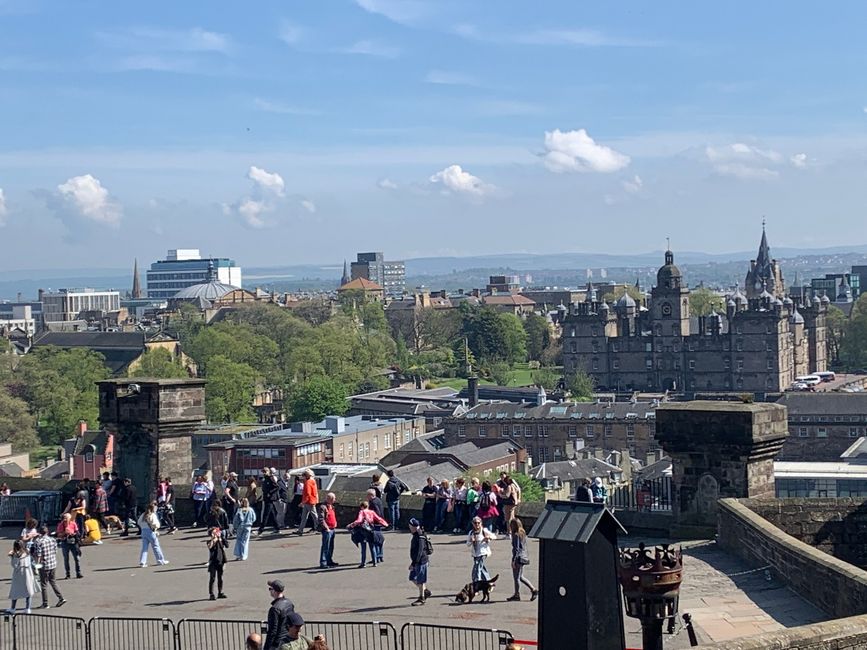
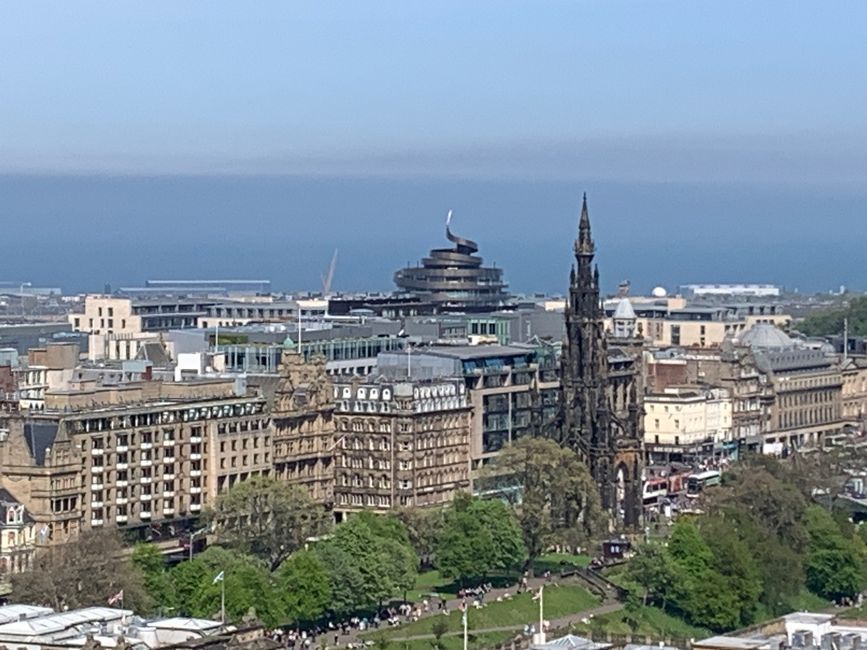
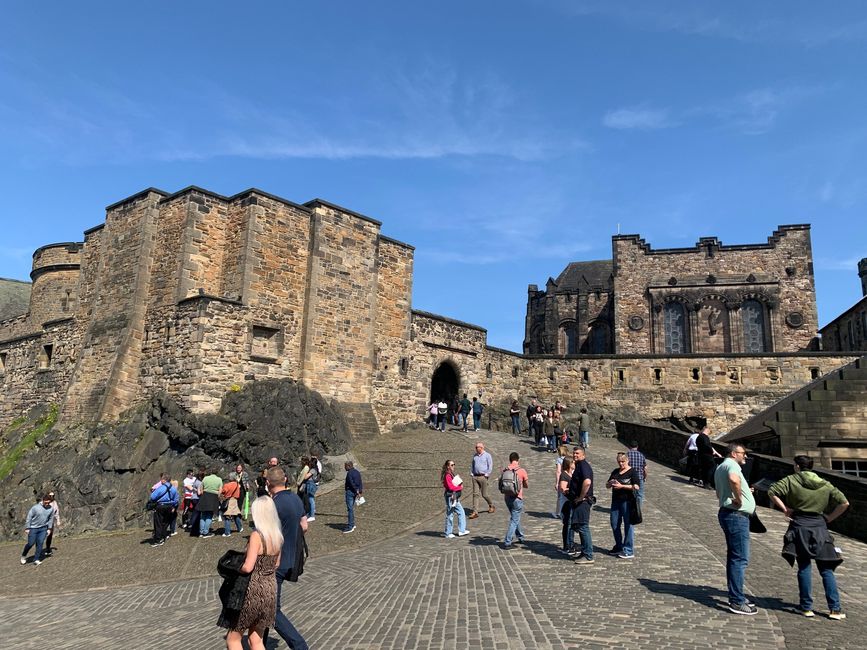
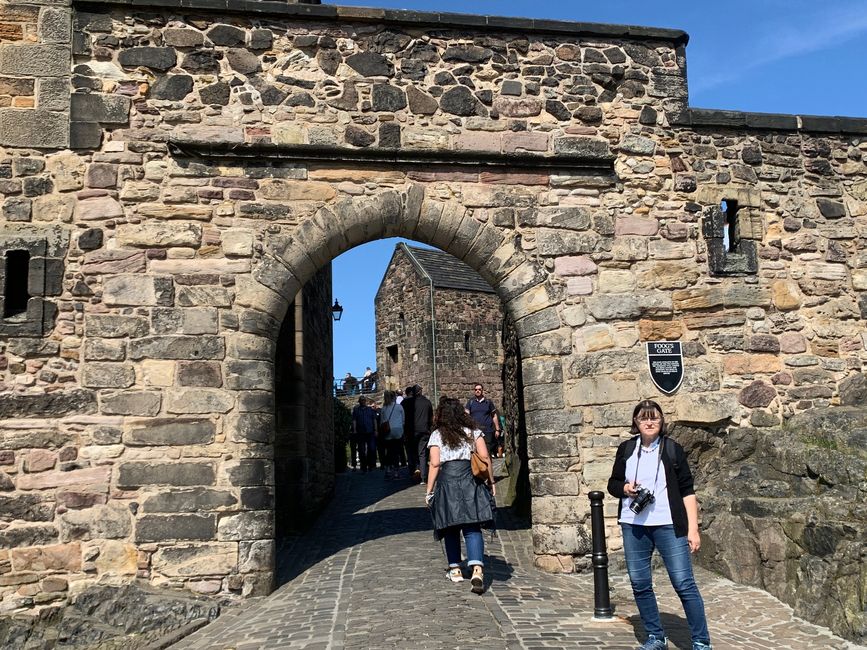
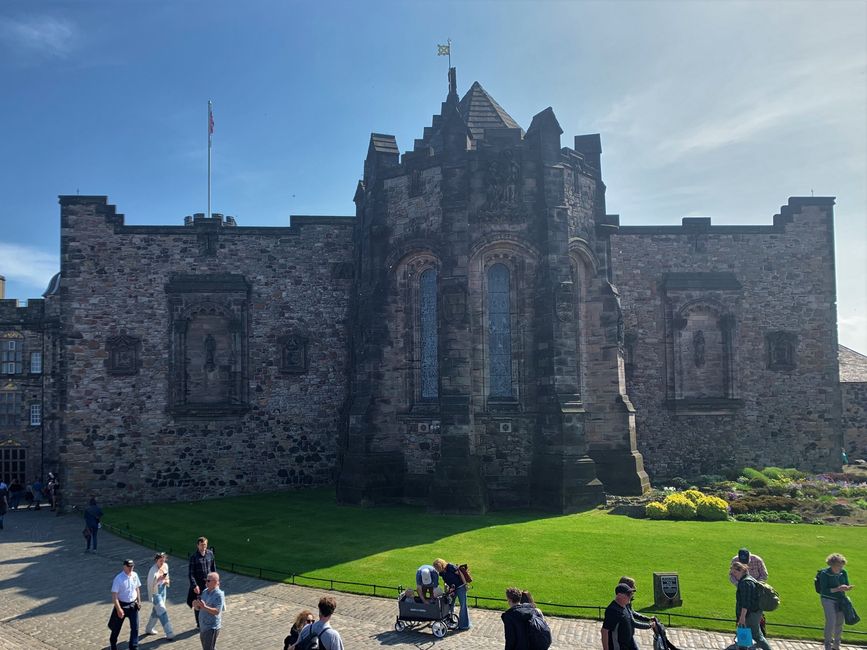
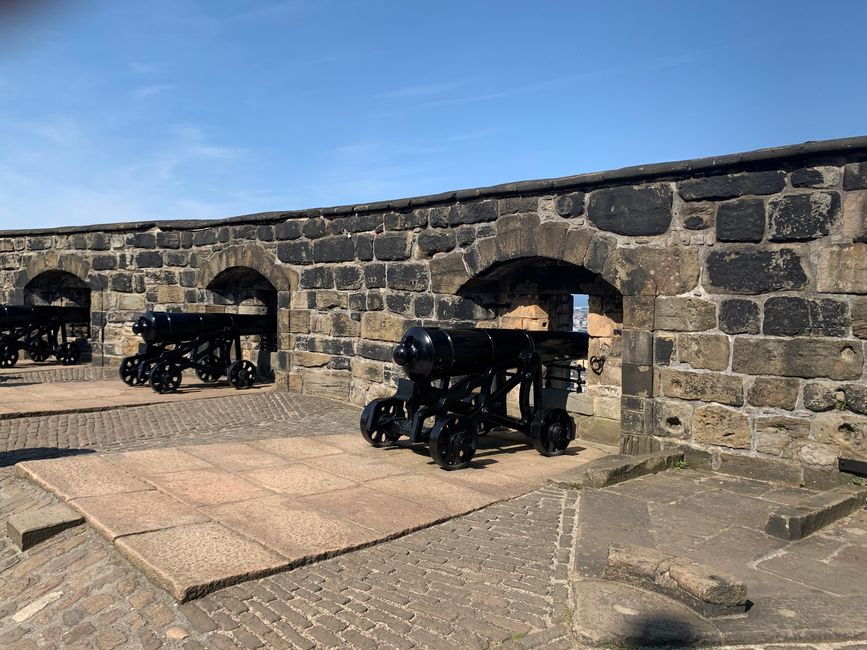
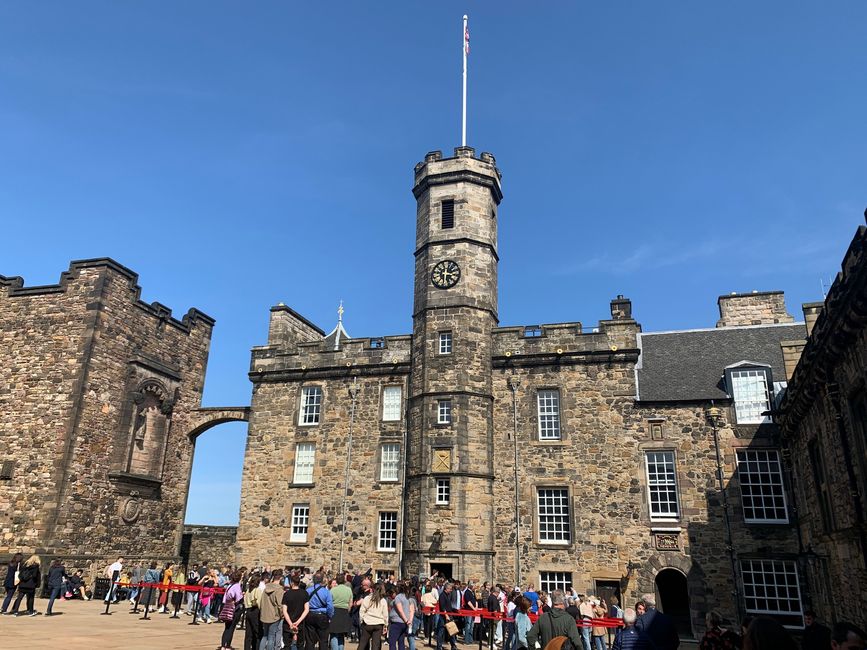
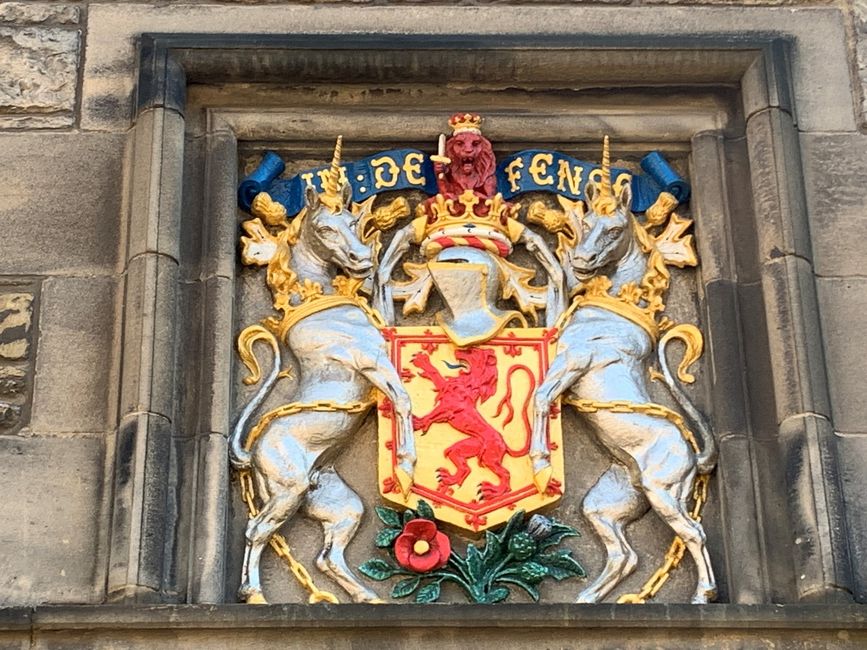
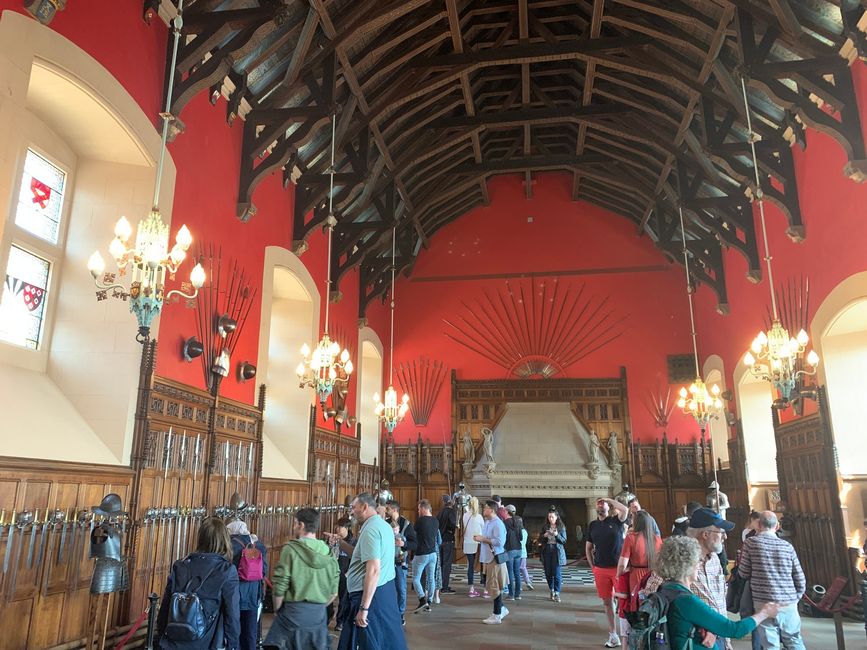
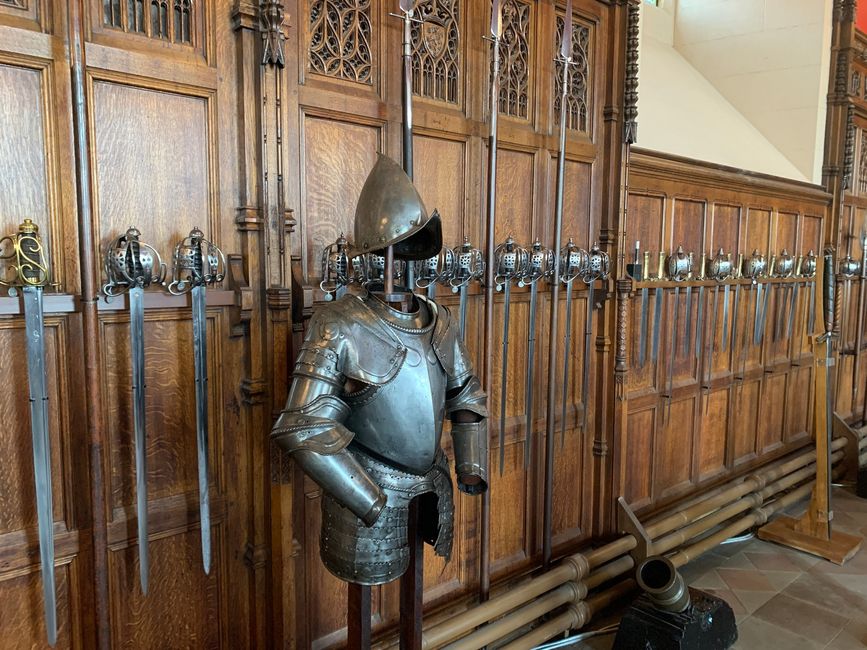
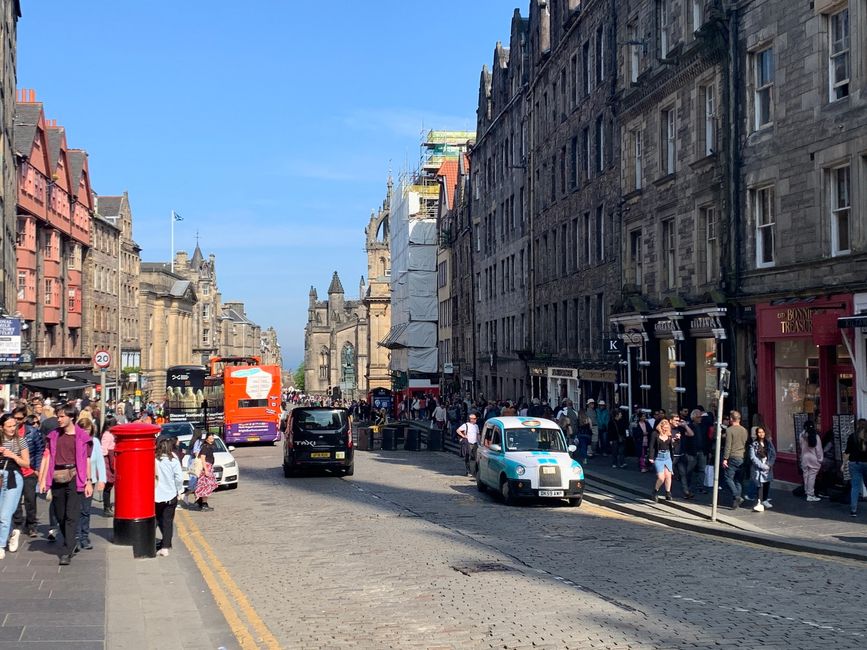

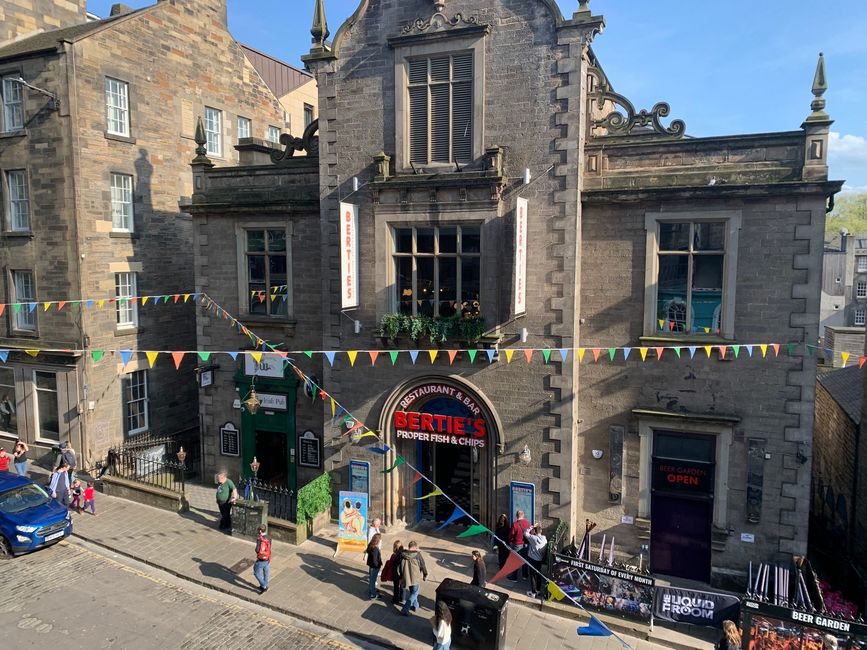
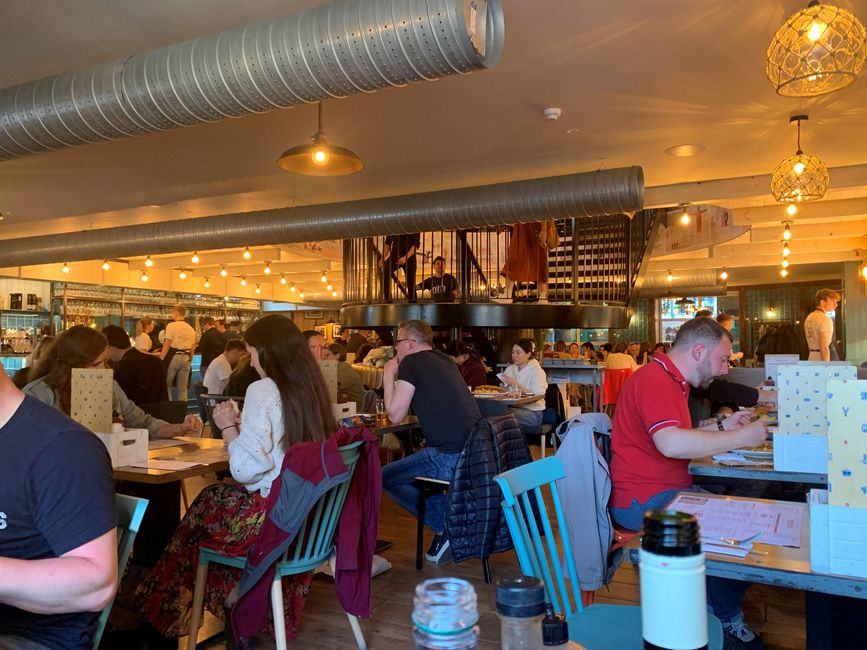
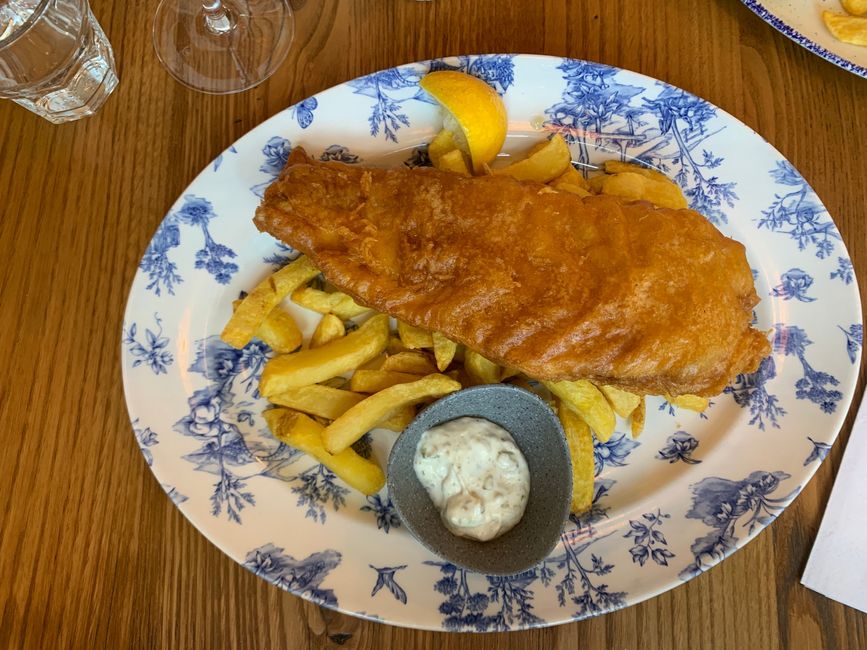
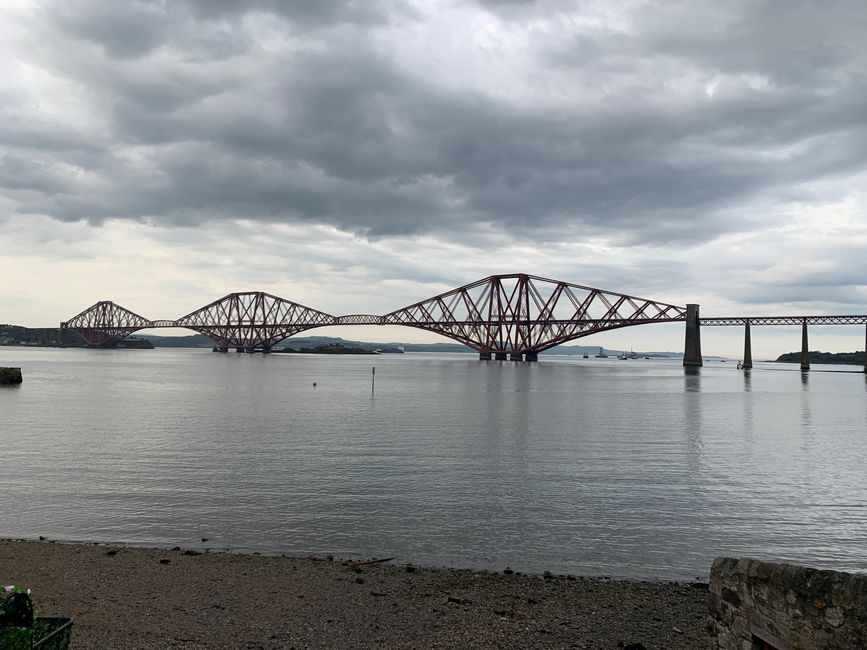
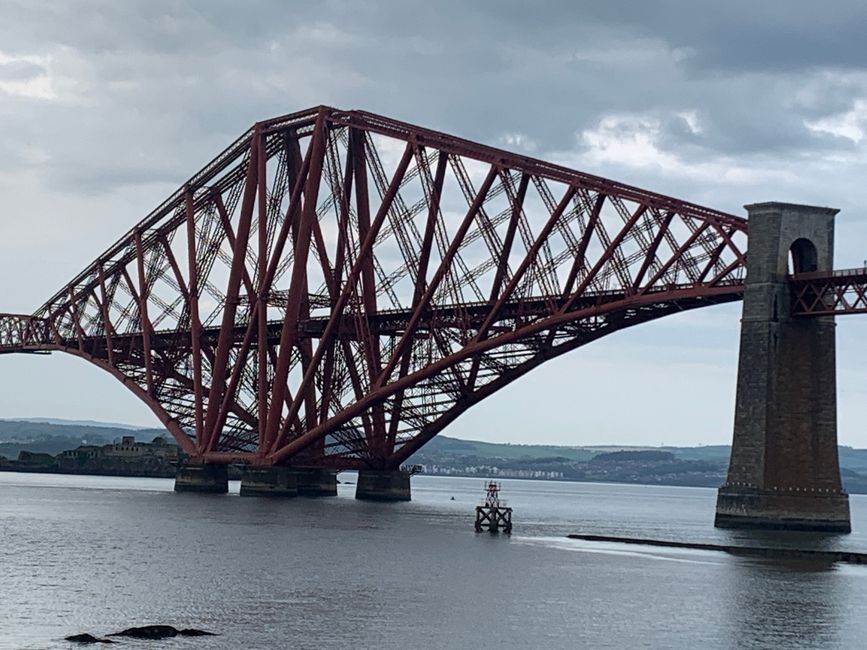
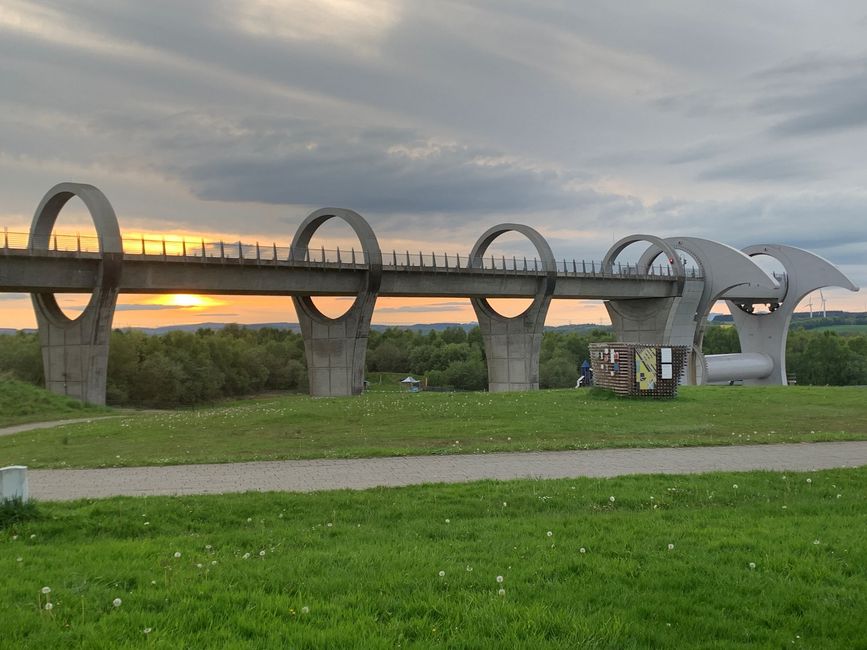
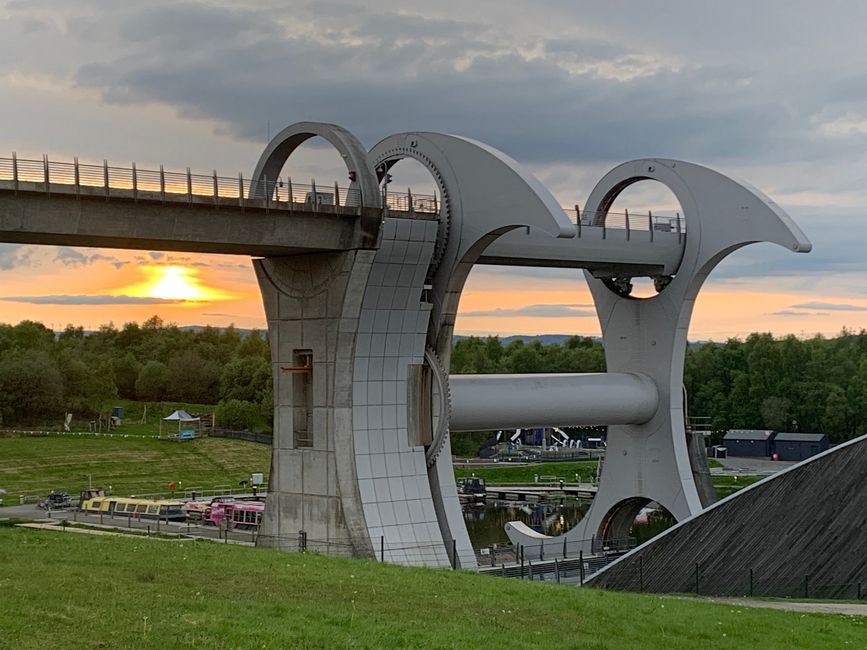
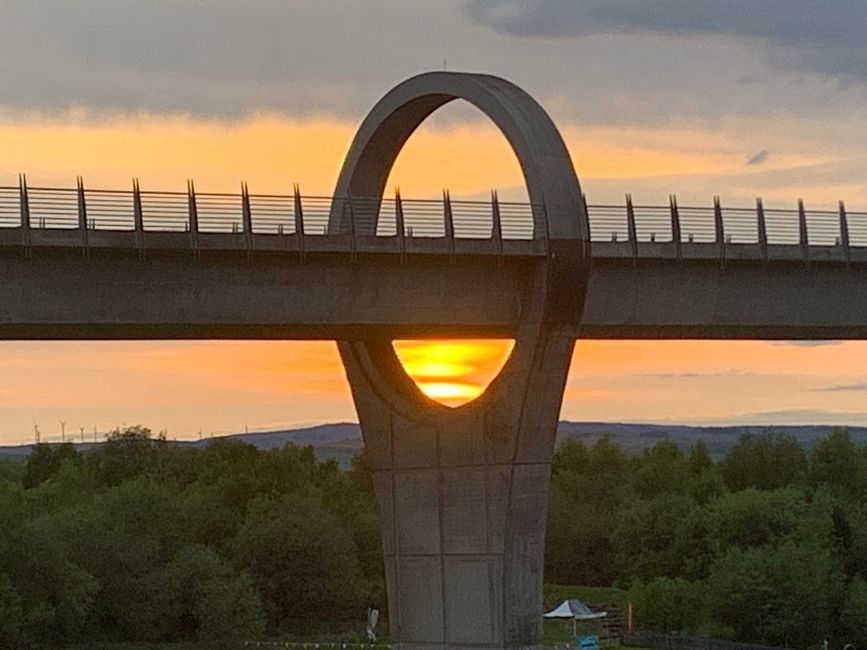
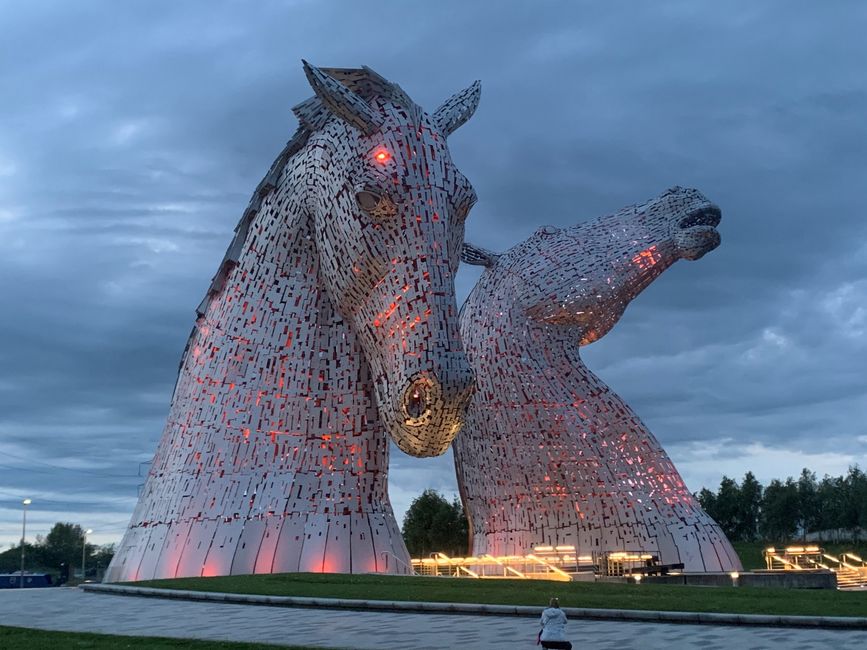
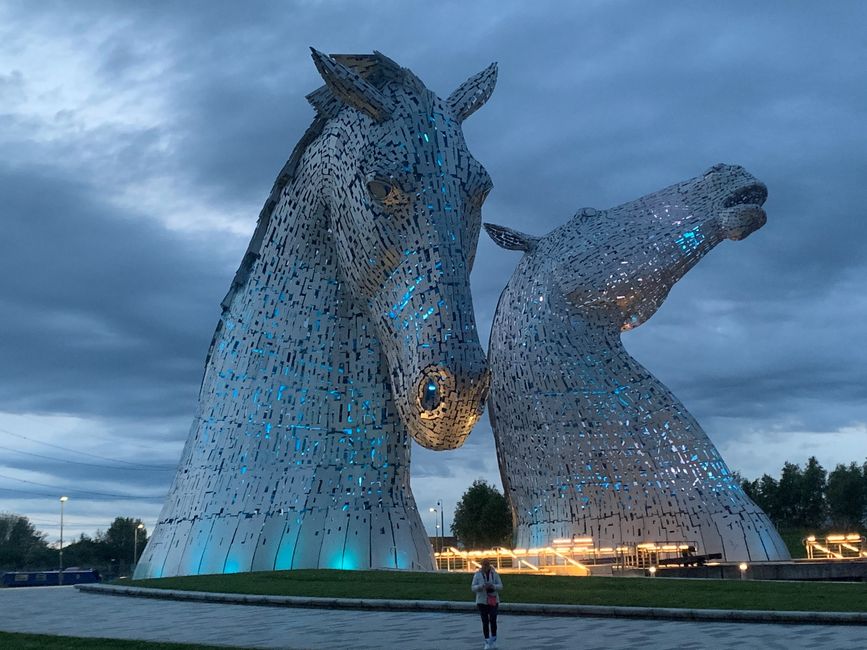
समाचारपत्रस्य सदस्यतां गृहाण
After a few problems - three (!) firmly booked and confirmed guides cancel at short notice - we are fortunately still able to meet Alice as our guide on the Royal Mile in Edinburgh. She not only shows us the highlights of the 'Old Town' but also some hidden sights and above all entertains us with a wealth of stories about Edinburgh, some of which are quite bloodthirsty.
After meeting at Café Edinburgh, we only need to walk a few steps to stand in front of one of Edinburgh's oldest houses the” John Knox House”, dating back to the 15th century. John Knox was a dazzling personality in the 16th century as a church reformer, galley slave and preacher. We will meet him again.
First, it goes down the Royal Mile to the 'Worlds End' pub. Here at the city gate, which has long been demolished, was the end of the world for the many, very poor residents of Edinburgh in the Middle Ages - they have neither money nor a reason to leave the city.
From the Royal Mile, 66 mostly extremely narrow side streets lead down the hill. We take one of them to get a few views of the 'New Town'. This part of the city was built in the 18th and 19th centuries by the wealthy merchants who no longer wanted to endure the rabble in the cramped and stinking old town. The government building directly above the train station in the valley convinces with a certain optical hideousness and the Hotel Balmoral, as a former hotel of the railway company, has the special feature that the clocks always go 5 minutes too early (except on New Year's Eve) so that the guests can see the departure of the Trains can still reach the station below in time.
Back on the Royal Mile we come to a porch on the former 'Trun Kirk' - secularized like so many churches in Scotland and now used as a craft market.
The next destination is St. Giles Cathedral from the 14th and 15th centuries - the main church of the 'Church of Scotland', which does not recognize the king in London, but only Jesus himself as its head... Here, above all, the various Scottish military regiments as well as the writers are honoured. However, the memorial plaque for Robert L. Stevenson had to be altered at the request of the clergy before it was affixed – instead of a cigar, as the artist had planned, Stevenson now has a writing tool in his hand. The large window in the back wall is dedicated to the writer Robert Burns.
The already mentioned John Knox is honored by statues inside and outside the cathedral. However, his grave has been forgotten over time and only a (barely legible) plaque in the High Court car park at number 23, behind the church, commemorates the great reformer.
The famous 'Heart of Midlothian' is embedded in the pavement in front of the church. It is supposed to somehow “compensate” for the horrible Old Toolboth Prison that was here until the early 19th century and was demolished in 1817. A true Edinburgh citizen would spit on the mosaic as they passed, to show their disgust at the Old Toolboth even today. A Chinese couple lying on their backs on the heart for a selfie probably didn't know this custom. So the story of Alice.
Another story to tell Alice at Deacon Brodie's Tavern. In the 18th century, Deacon Brodie was a highly sought-after carpenter and respected councilor in Edinburgh, who, however, led a double life due to a lack of money because of his gambling addiction and also out of a thirst for adventure. By day the gentleman - by night with a locksmith as an accomplice a daring burglar. He serves as a model for the character of Dr. Jekyll and Mr. Hyde.
We make a short visit to the 'Scottish Writer's Museum', where the three Scottish national poets Robert Burns, Sir Walter Scott and R.L. Stevenson are celebrated.
Via Victoria Street with its multi-storey houses below the Royal Mile and the Grassmarket - the former market and execution place with the pub 'The Last Drop' we go to Greyfriars Cemetery. Alice has a few more horror stories about murder and robbery and the faithful Skye Terrier dog Bobby, who watched over his owner's grave for 14 years after his death and was given a grave of honor by the city of Edinburgh after his death in 1872.
The next day we explore Edinburgh Castle on our own - despite the obligatory time slot for visits, it's pretty crowded with tourists, but you have a nice view over the city. To be on the safe side, we ignored the Scottish crown jewels kept here due to the long queue.
Via the Royal Mile we go down to Victoria Street, where we strengthen ourselves with a drink at Maxie's and then genuine Scottish fish & chips at Bertie's for the evening excursion to the Firth of Forth railway bridge and to Falkirk.
First we go to South Queensferry, where we admire the 2.4 km long railway bridge from 1890 over the Firth of Forth. The new road bridges, on the other hand, fall off completely optically.
Then we go to Falkirk, where we first visit the 'Falkirk Wheel' - a modern ship lift. It links the Forth & Clyde and Union Canal, which were linked by 11 locks until 1933. From 1998 to 2002, the wheel was built instead - probably mainly to boost tourism. The - not very large - ships are transported in 2 'bathtubs' over 35 m up and down,
The highlight of this excursion were the 'Kelpies' with their evening lighting. 'Kelpies' are Scottish water spirits in horse form. The two sculptures, each about 30 m high and weighing 300 t, are made of 7000 stainless steel plates and were created by the sculptor Walter Scott and inaugurated in April 2014. At night they are illuminated from within in changing colors - unfortunately the car park closes at 9:45 p.m., so we didn't really get to enjoy this magnificent performance when the sun was setting at 9:25 p.m only.
_________________________________________________
After a few problems - three (!) firmly booked and confirmed guides cancel at short notice - we are fortunately still able to meet Alice as our guide on the Royal Mile in Edinburgh. She not only shows us the highlights of the 'Old Town' but also some hidden sights and above all entertains us with a wealth of stories about Edinburgh, some of which are quite bloodthirsty.
After meeting at Café Edinburgh, we only need to walk a few steps to stand in front of one of Edinburgh's oldest houses the” John Knox House”, dating back to the 15th century. John Knox was a dazzling personality in the 16th century as a church reformer, galley slave and preacher. We will meet him again.
First, it goes down the Royal Mile to the 'Worlds End' pub. Here at the city gate, which has long been demolished, was the end of the world for the many, very poor residents of Edinburgh in the Middle Ages - they have neither money nor a reason to leave the city.
From the Royal Mile, 66 mostly extremely narrow side streets lead down the hill. We take one of them to get a few views of the 'New Town'. This part of the city was built in the 18th and 19th centuries by the wealthy merchants who no longer wanted to endure the rabble in the cramped and stinking old town. The government building directly above the train station in the valley convinces with a certain optical hideousness and the Hotel Balmoral, as a former hotel of the railway company, has the special feature that the clocks always go 5 minutes too early (except on New Year's Eve) so that the guests can see the departure of the Trains can still reach the station below in time.
Back on the Royal Mile we come to a porch on the former 'Trun Kirk' - secularized like so many churches in Scotland and now used as a craft market.
The next destination is St. Giles Cathedral from the 14th and 15th centuries - the main church of the 'Church of Scotland', which does not recognize the king in London, but only Jesus himself as its head... Here, above all, the various Scottish military regiments as well as the writers are honoured. However, the memorial plaque for Robert L. Stevenson had to be altered at the request of the clergy before it was affixed – instead of a cigar, as the artist had planned, Stevenson now has a writing tool in his hand. The large window in the back wall is dedicated to the writer Robert Burns.
The already mentioned John Knox is honored by statues inside and outside the cathedral. However, his grave has been forgotten over time and only a (barely legible) plaque in the High Court car park at number 23, behind the church, commemorates the great reformer.
The famous 'Heart of Midlothian' is embedded in the pavement in front of the church. It is supposed to somehow “compensate” for the horrible Old Toolboth Prison that was here until the early 19th century and was demolished in 1817. A true Edinburgh citizen would spit on the mosaic as they passed, to show their disgust at the Old Toolboth even today. A Chinese couple lying on their backs on the heart for a selfie probably didn't know this custom. So the story of Alice.
Another story to tell Alice at Deacon Brodie's Tavern. In the 18th century, Deacon Brodie was a highly sought-after carpenter and respected councilor in Edinburgh, who, however, led a double life due to a lack of money because of his gambling addiction and also out of a thirst for adventure. By day the gentleman - by night with a locksmith as an accomplice a daring burglar. He serves as a model for the character of Dr. Jekyll and Mr. Hyde.
We make a short visit to the 'Scottish Writer's Museum', where the three Scottish national poets Robert Burns, Sir Walter Scott and R.L. Stevenson are celebrated.
Via Victoria Street with its multi-storey houses below the Royal Mile and the Grassmarket - the former market and execution place with the pub 'The Last Drop' we go to Greyfriars Cemetery. Alice has a few more horror stories about murder and robbery and the faithful Skye Terrier dog Bobby, who watched over his owner's grave for 14 years after his death and was given a grave of honor by the city of Edinburgh after his death in 1872.
The next day we explore Edinburgh Castle on our own - despite the obligatory time slot for visits, it's pretty crowded with tourists, but you have a nice view over the city. To be on the safe side, we ignored the Scottish crown jewels kept here due to the long queue.
Via the Royal Mile we go down to Victoria Street, where we strengthen ourselves with a drink at Maxie's and then genuine Scottish fish & chips at Bertie's for the evening excursion to the Firth of Forth railway bridge and to Falkirk.
First we go to South Queensferry, where we admire the 2.4 km long railway bridge from 1890 over the Firth of Forth. The new road bridges, on the other hand, fall off completely optically.
Then we go to Falkirk, where we first visit the 'Falkirk Wheel' - a modern ship lift. It links the Forth & Clyde and Union Canal, which were linked by 11 locks until 1933. From 1998 to 2002, the wheel was built instead - probably mainly to boost tourism. The - not very large - ships are transported in 2 'bathtubs' over 35 m up and down,
The highlight of this excursion were the 'Kelpies' with their evening lighting. 'Kelpies' are Scottish water spirits in horse form. The two sculptures, each about 30 m high and weighing 300 t, are made of 7000 stainless steel plates and were created by the sculptor Walter Scott and inaugurated in April 2014. At night they are illuminated from within in changing colors - unfortunately the car park closes at 9:45 p.m., so we didn't really get to enjoy this magnificent performance when the sun was setting at 9:25 p.m only.
समाचारपत्रस्य सदस्यतां गृहाण
उत्तरम् (1)
hj
Außergewöhnlich schöne Eindrücke, die ihr jetzt schon gesammelt hat. Allein Amsterdam mit seine Kunstwerken ist eine Reise wert. Edinburgh und Umgebung ist mir (Hans) heute noch in sehr guter Erinnerung - und es ist immerhin auch schon 45 Jahre her, dass ich das letzte Mal dort war.
Liebe Grüße und noch viel touristischen Erfolg
Ingrid und Hans